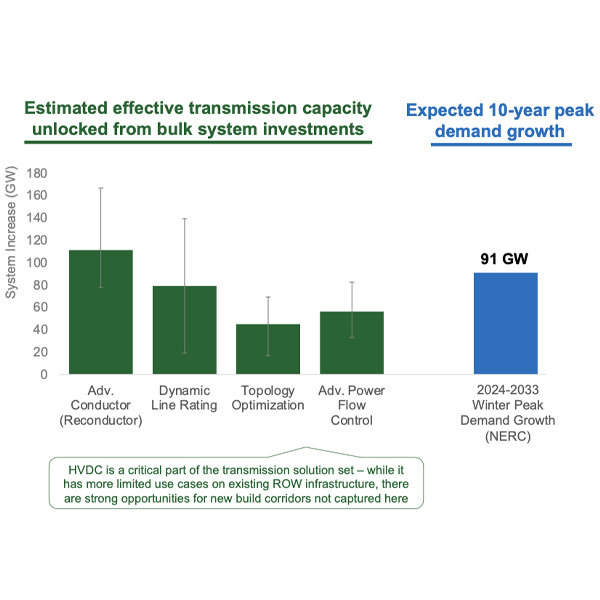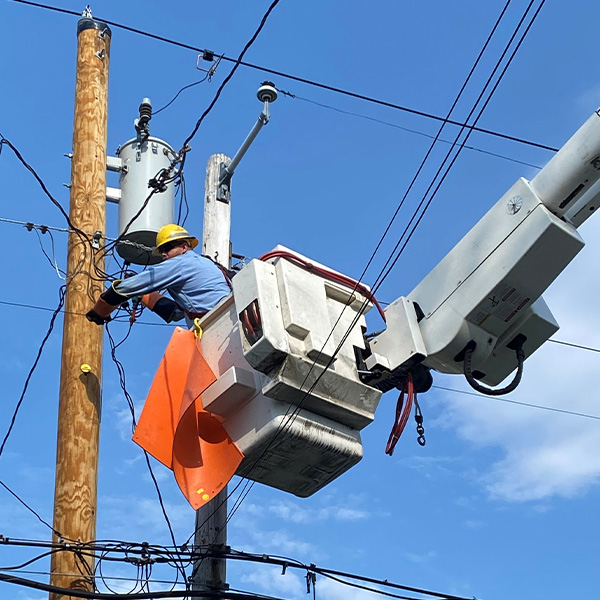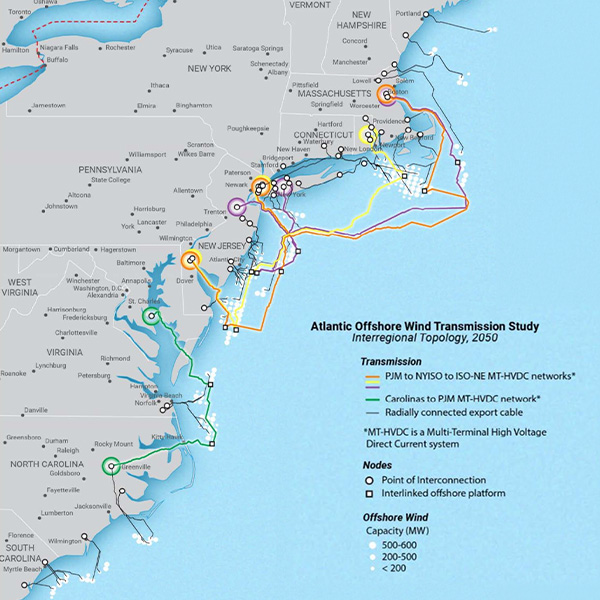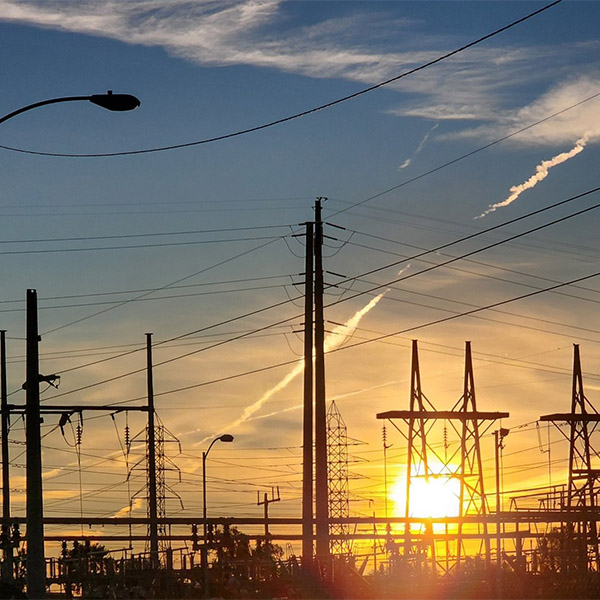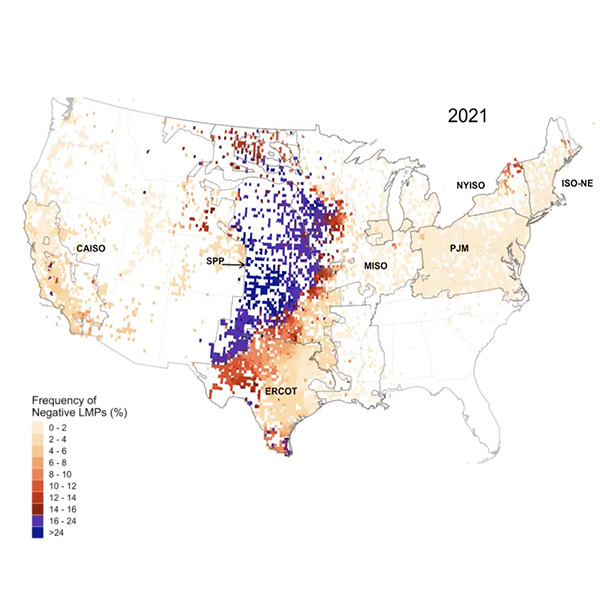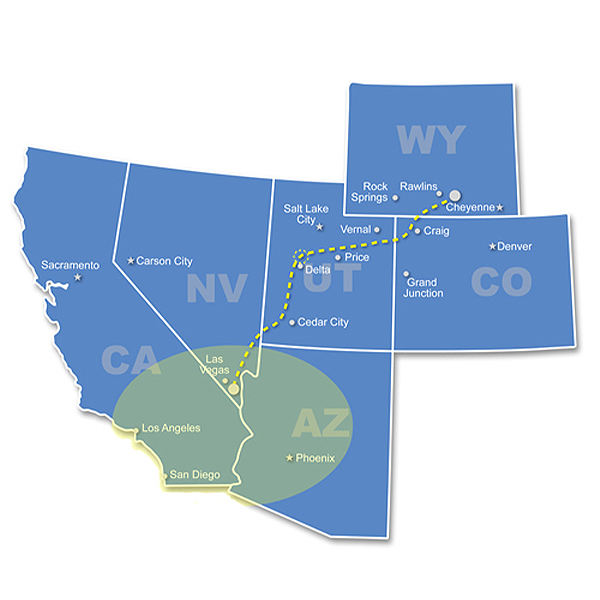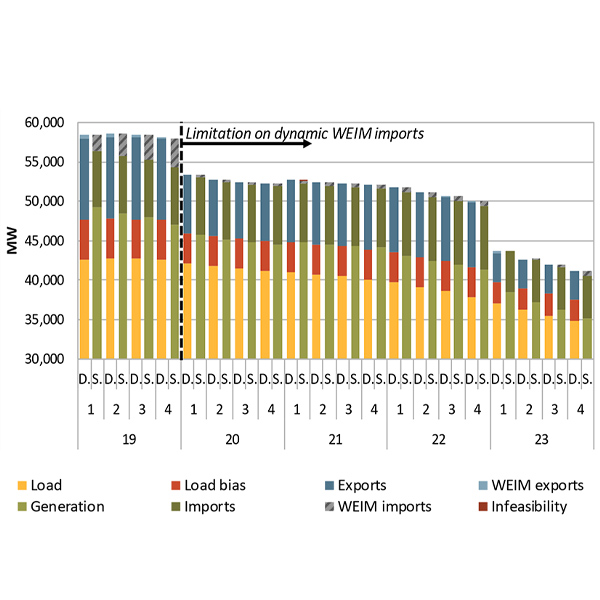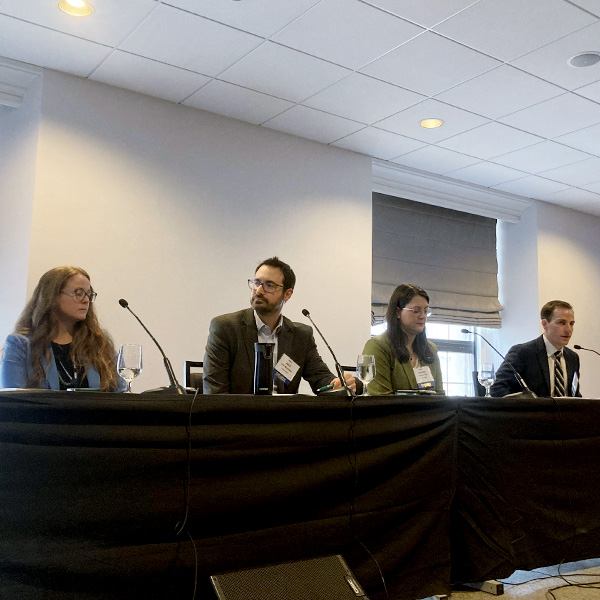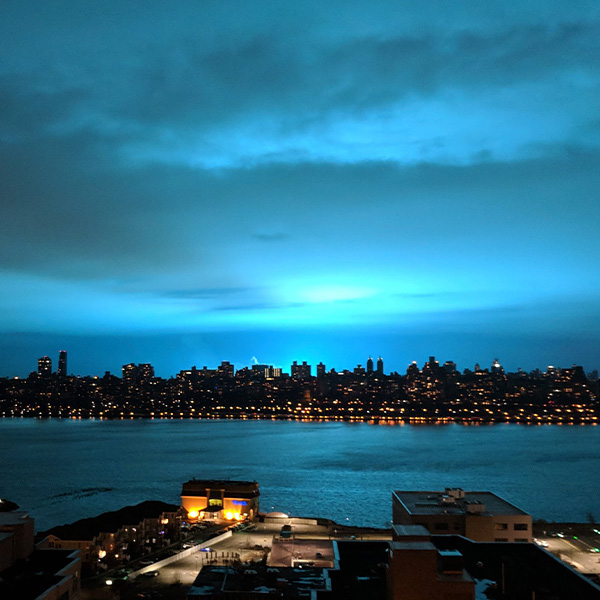Transmission Operations
Advanced grid technologies can help expand the grid quickly and relatively cheaply, according to a new report from the U.S. Department of Energy.
The U.S. Department of Energy finalized energy efficiency standards for distribution transformers to increase grid efficiency and save $824 million annually.
Offshore wind is projected to be a key part of East Coast states’ decarbonization and DOE called its two-year study the most thorough analysis to date.
FERC rejected challenges to its new generator interconnection rules under Order 2023, while making minor modifications and extending the compliance date.
With a major grid expansion on planning boards around the country, grid-enhancing technologies will be key to getting the most out of current and future systems, experts said.
FERC approved a proposal to allow transmission lines outside California to join CAISO under a new subscriber-funded model that avoids allocating project costs to the ISO’s load-serving entities.
CAISO's Department of Market Monitoring found that limits on WEIM imports last year led to increased transmission congestion in the ISO's markets.
Transmission limits remain a major barrier to scaling up wind and solar energy to meet state decarbonization goals, speakers at the NECA’s Renewable Energy Conference said.
The New York Power Authority and the New York University Tandon School of Engineering announced a partnership that could help utilities prevent costly and time-consuming large power transformer outages through a novel monitoring technique.
FERC has allowed We Energies a MISO tariff waiver, making it simpler for the utility to trade gas for coal at its Oak Creek campus in Wisconsin.
Want more? Advanced Search
